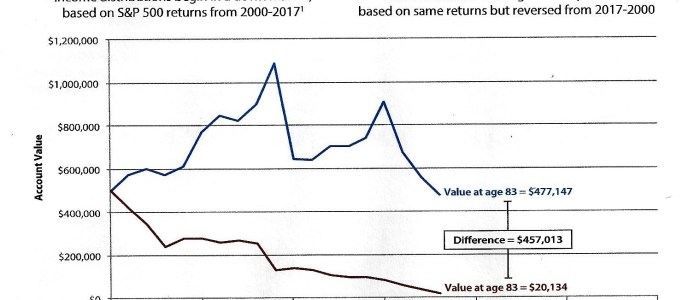There are FOUR ways to fund a buy-sell plan at an owner’s death:

- Cash Method
The purchaser(s) could accumulate sufficient cash to buy the business interest at the owner’s death. Unfortunately, it could take many years to save the necessary funds, while the full amount may be required in just a few months or years. - Installment Method
The purchase price could be paid in installments after the owner’s death. For the purchaser(s), this could mean a drain on business income for years. Besides, payments to the surviving family would be dependent on future business performance after the owner’s death. - Loan Method
Assuming that the new owner(s) could obtain a business loan, borrowing the purchase price requires that future business income be used to repay the loan PLUS interest. - Insured Method
Only life insurance can guarantee that the cash needed to complete the sale will be available exactly when needed at the owner’s death, assuming that the business has been accurately valued.
If you had died or become disabled yesterday, who would own and manage your business today?










